Students choose careers in fields breaking traditional gender stereotypes, reflecting a wider movement toward gender equality
By Victor Xu

Senior Stephanie Pitman’s interest in science began in middle school, her favorite classes tended to be based in the subject. By her sophomore year of high school, her chemistry teacher nominated her to take the American Chemical Society’s standardized exam, a test given nationwide to top chemistry students. This past spring, Pitman participated in the prestigious U.S. National Chemistry Olympiad, a competition between the 900 best chemistry students in the country. She said she has aspirations to work in pharmacy or chemistry in the future, two fields that are currently dominated by males.
“Science and math have been traditionally considered as men’s occupations, but that isn’t necessarily true anymore,” she said. “Women have historically had limited options, but these options have really opened up in the past half-century.”
The success Pitman has enjoyed in chemistry follows a steady trend toward gender equality. A report issued in October by the National Economic Council (NEC) showed women make up 47 percent of the workforce, up from 33 percent in 1960. Forty years ago, women owned 5 percent of small businesses, and now they own 30 percent, according to the same report. According to the United Nations Economic Commission for Europe, the number of female Congress members grew from 51 in 1995 to 73 in 2008.
“Society’s view that science and math was a male thing is changing,” Pitman said. “A lot of women in the ‘50s were either just moms, teachers or nurses, and there were just not as many opportunities to be as successful in math and science.
Junior Cleo Hernandez said she hopes to become a lawyer to fight for gender equality and describes herself as a staunch supporter of equality to people of any gender, race or social status. She acknowledges the strides women have taken toward equality with men and attributed these to a shift in social attitudes.
“(In the past) men needed manly jobs and women needed feminine jobs,” Hernandez said. “These stereotypes were created by men to keep the jobs that make more money. Now the times have changed and are still changing so that being prejudiced to one or another gender is considered socially unacceptable.” She added that job inclinations of men and women respectively are caused by stereotypes which polarize gender roles; women are disadvantaged by the traditional roles of child rearing, whereas men are seen as breadwinners and are “at a disadvantage if they want to pursue a career that isn’t manly enough, something like fashion design.”
The stereotypes Hernandez cites can certainly be seen in previously male-dominated fields. The U.S. Department of Labor released a report in June titled Highlights of Women’s Earnings in 2009 which showed 265,000 men were employed in civil engineering, compared to the 24,000 women employed. Around 29,000 women were chemical or materials scientists while 79,000 were men.
Although science fields are still a newer frontier for women, Pitman said chemistry and pharmaceuticals hold few limitations to what she and other woman scientists can achieve. “There aren’t really any limits,” Pitman said. “I think it’s pretty much an open field for us.”

In contrast, 479,000 women work in preschool and kindergarten education, and only 9,000 men work in the same field. Yet even here women and men are moving toward a point closer to equality in that there are more men teaching young children today.
Matthew Ong, member of Kids’ Corner and senior, counts himself among the growing minority of men pursuing careers in elementary teaching. He said he joined Kids’ Corner, a class in which students observe and work with pre-school children, in order to come closer to his future career. According to Ong, he has wanted to be an elementary school teacher since his freshman year, when he volunteered as a camp counselor working with young kids.
“I have fun, and it’s something I’ve really liked. I like to see how they changed in just half a semester,” he said. “We only have them for 10 or 11 weeks but they changed a lot in that time because they’re still growing.”
Ong added that traditional societal views of gender roles did not affect his career choice or his decision to join Kids’ Corner
“I figured I would be the only guy in the class, or there would be one or two guys at most, and there would be mostly girls, but that didn’t affect my decision to enter elementary teaching,” he said.
Letitia “Tish” Li, a Multivariable Calculus student and senior, was the only female qualifier at CHS last year for the American Invitational Mathematics Examination, a test given to the top 1 percent of scorers on another math test, the American Mathematics Competition. Li said she also agrees that being a woman interested in male-dominated fields no longer holds any negative connotations.

“I just think girls weren’t given as much opportunity back then to get into higher education,” Li said. “But I think now we all have lots of opportunities and lots of schools want girls in engineering and math. Sometimes it’s almost an advantage to be interested in math and be a girl …Hopefully that translates to something good for our society.”
Li added that education today is far more accessible as compared to that of previous decades. In fact, women now make up the majority of undergraduate, graduate and PhD candidates, according to the report by the NEC. The document showed 57 percent of undergraduates, 60 percent of graduate students and 50.4 percent of PhD candidates were women.
According to Laura Harrison, Indiana University Department of Gender Studies graduate student and women’s studies major, the current dominance of college education by women may translate into a greater role in the work force and more involvement in traditionally male-dominated fields in the future. However, she emphasized the barriers that still need to be overcome.
Harrison said, “I do think it is significant that women make up the majority of undergrad, grad and PhD candidates, but, to answer your next question, I think it is also important to note that women are still a minority in what are known as the ‘hard sciences.’ In order for this to change, girls’ achievement in math and science must be encouraged and rewarded from a young age. Institutions of higher learning must work to increase the participation of women in science and to make scientific training and technology available to women.”
The fact that inequality continues to exist between the sexes, whether in job dispersion or family life, is not in dispute. A study released on July 1 by Pew Research Center, a nonpartisan organization dedicated to providing to statistics on current issues, showed 97 percent of U.S. citizens said women should have equal rights with men. Sixty-four percent of those who support equality said more changes needed to be made. Additionally, the same study showed 39 percent of those polled said men had the better life, compared to the 23 percent who answered women had the better life and the 24 percent who said men and women enjoyed the same quality of life.
Hernandez is among those who believe women still have some substantial hurdles to overcome, especially in regards to social opinion. She said that by overcoming popular social pressures that encourage women to join customary fields like nursing and teaching, advancement toward gender equality could be made.
“The barriers that women need to overcome are the stereotypes,” Hernandez said. “How? Do whatever (profession) you want. Ignore public opinion. Men should do that, too. There are consequences to all actions, of course, but if you think about something, and what you want to do is different than what society wants you to do, do what you want, not what society wants.”
Harrison said, “I would argue that while women continue to make significant progress in the United States, women still face systemic barriers to equality.” She later cited the fact that women still make only 81 cents for every dollar men make, and women make up only 3 percent of CEOs of Fortune 500 companies. Interestingly, Harrison called attention to a statistic from NPR that stated the United States was ranked 90th in the world by number of women in elected office, behind Cuba and Afghanistan.
Despite the limitations women still face in politics and in the workforce, Pitman said she had high hopes for her career opportunities. She said she hoped to research and develop new drugs at a company like Eli Lilly in Indianapolis.
“Don’t be afraid to compete, even if it is mostly against boys,” Pitman said. “Study hard and get involved in science clubs so that you can learn more.”













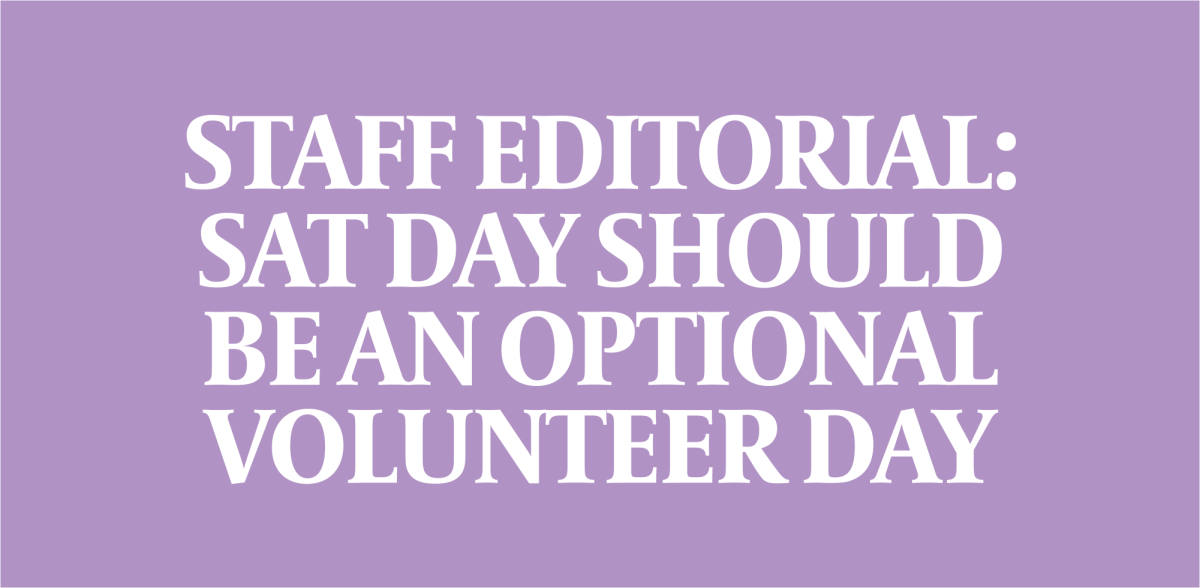



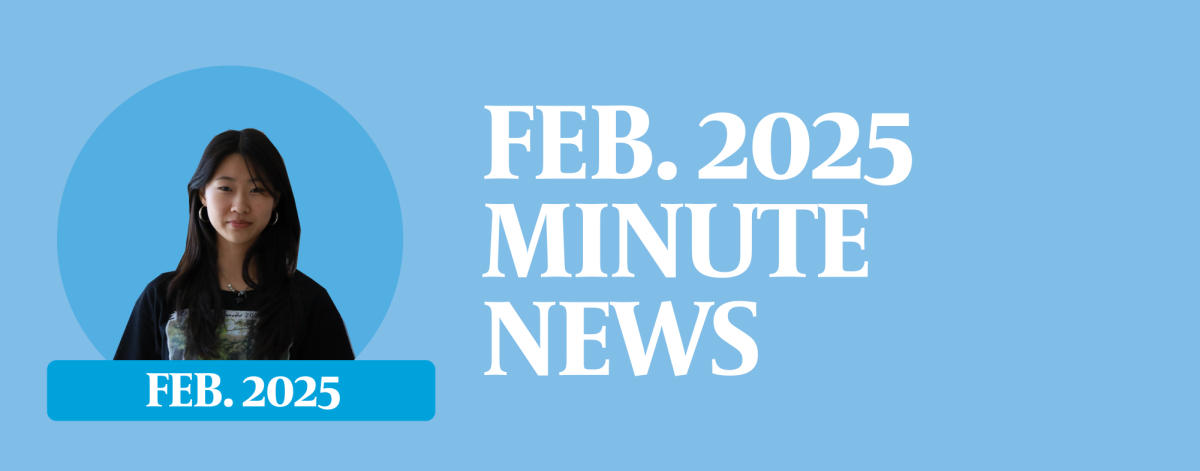


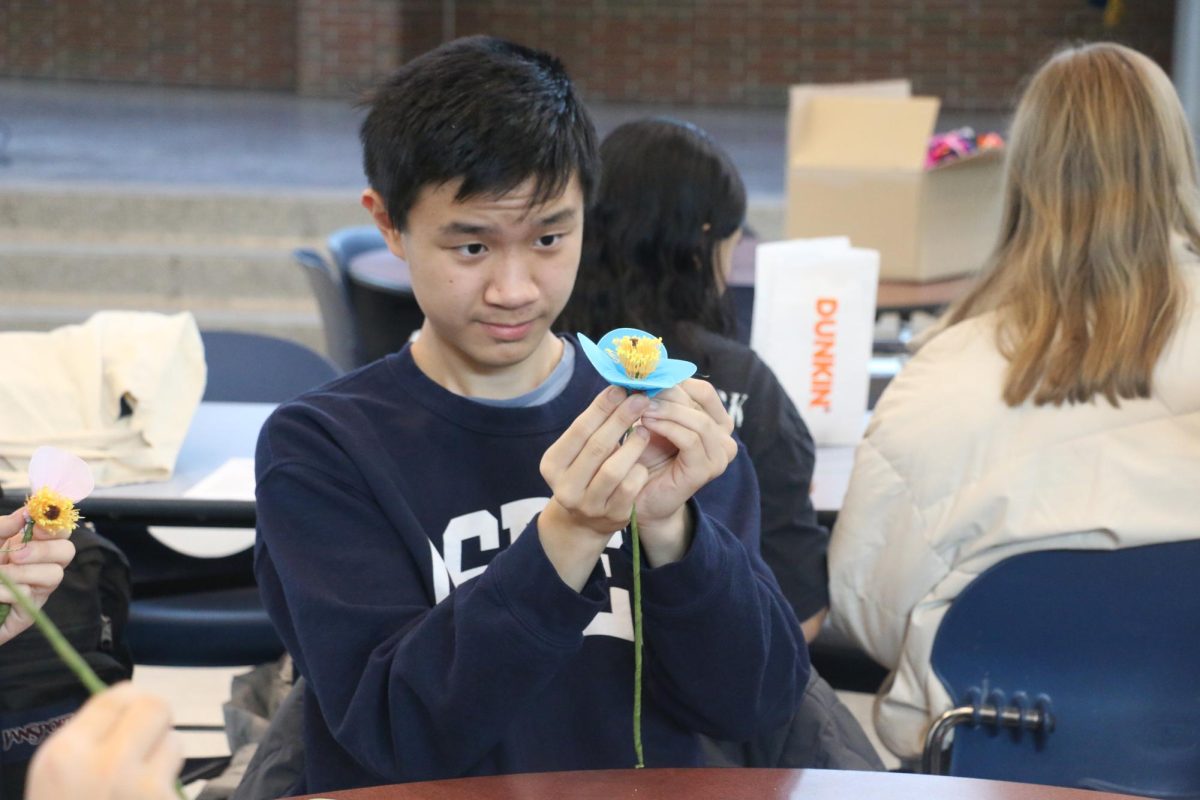



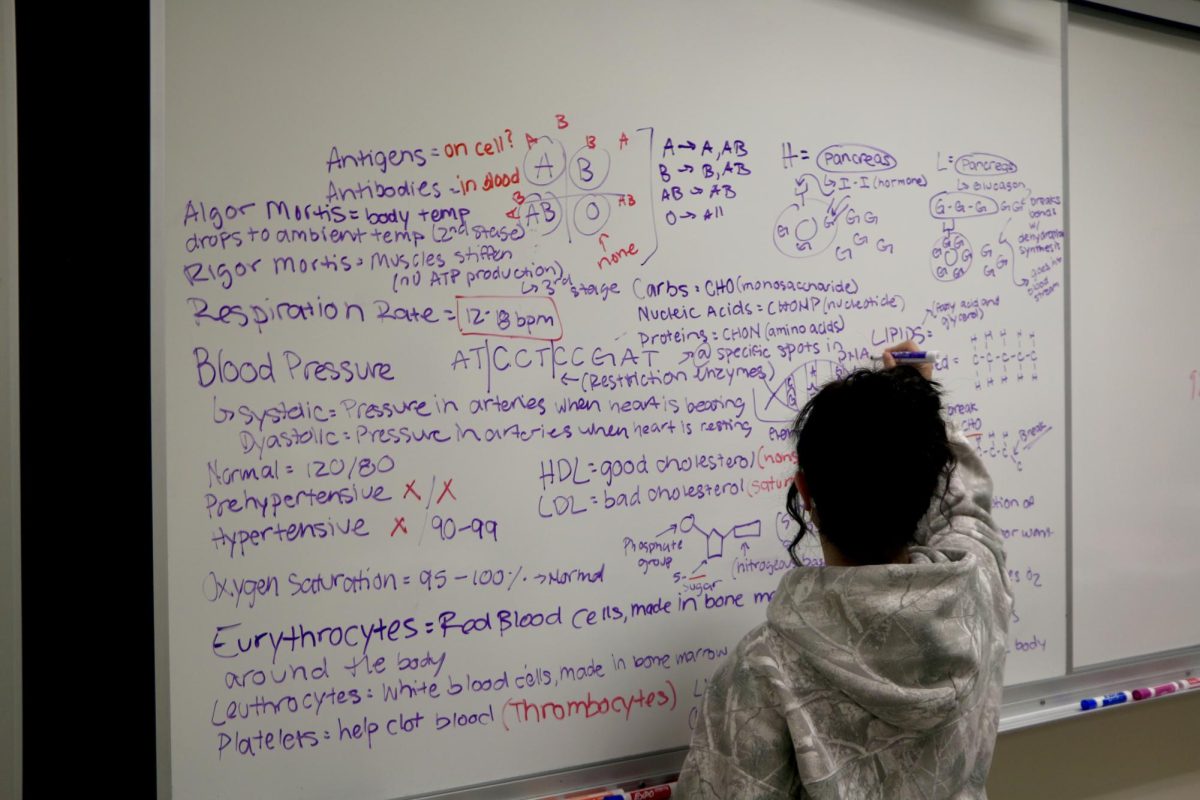
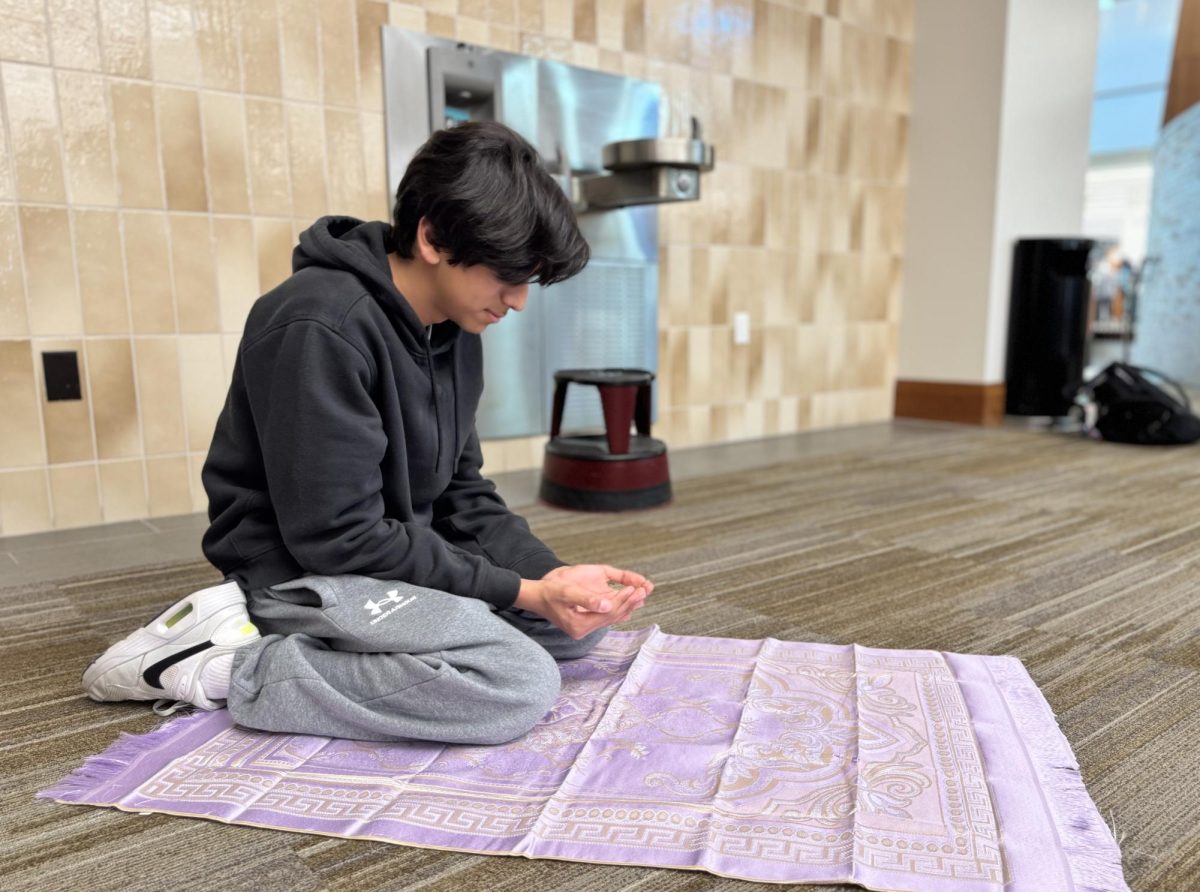





![AI in films like "The Brutalist" is convenient, but shouldn’t take priority [opinion]](https://hilite.org/wp-content/uploads/2025/02/catherine-cover-1200x471.jpg)













































![Review: “The Immortal Soul Salvage Yard:” A criminally underrated poetry collection [MUSE]](https://hilite.org/wp-content/uploads/2025/03/71cju6TvqmL._AC_UF10001000_QL80_.jpg)
![Review: "Dog Man" is Unapologetically Chaotic [MUSE]](https://hilite.org/wp-content/uploads/2025/03/dogman-1200x700.jpg)
![Review: "Ne Zha 2": The WeChat family reunion I didn’t know I needed [MUSE]](https://hilite.org/wp-content/uploads/2025/03/unnamed-4.png)
![Review in Print: Maripaz Villar brings a delightfully unique style to the world of WEBTOON [MUSE]](https://hilite.org/wp-content/uploads/2023/12/maripazcover-1200x960.jpg)
![Review: “The Sword of Kaigen” is a masterpiece [MUSE]](https://hilite.org/wp-content/uploads/2023/11/Screenshot-2023-11-26-201051.png)
![Review: Gateron Oil Kings, great linear switches, okay price [MUSE]](https://hilite.org/wp-content/uploads/2023/11/Screenshot-2023-11-26-200553.png)
![Review: “A Haunting in Venice” is a significant improvement from other Agatha Christie adaptations [MUSE]](https://hilite.org/wp-content/uploads/2023/11/e7ee2938a6d422669771bce6d8088521.jpg)
![Review: A Thanksgiving story from elementary school, still just as interesting [MUSE]](https://hilite.org/wp-content/uploads/2023/11/Screenshot-2023-11-26-195514-987x1200.png)
![Review: "When I Fly Towards You", cute, uplifting youth drama [MUSE]](https://hilite.org/wp-content/uploads/2023/09/When-I-Fly-Towards-You-Chinese-drama.png)
![Postcards from Muse: Hawaii Travel Diary [MUSE]](https://hilite.org/wp-content/uploads/2023/09/My-project-1-1200x1200.jpg)
![Review: "Ladybug & Cat Noir: The Movie," departure from original show [MUSE]](https://hilite.org/wp-content/uploads/2023/09/Ladybug__Cat_Noir_-_The_Movie_poster.jpg)
![Review in Print: "Hidden Love" is the cute, uplifting drama everyone needs [MUSE]](https://hilite.org/wp-content/uploads/2023/09/hiddenlovecover-e1693597208225-1030x1200.png)
![Review in Print: "Heartstopper" is the heartwarming queer romance we all need [MUSE]](https://hilite.org/wp-content/uploads/2023/08/museheartstoppercover-1200x654.png)


